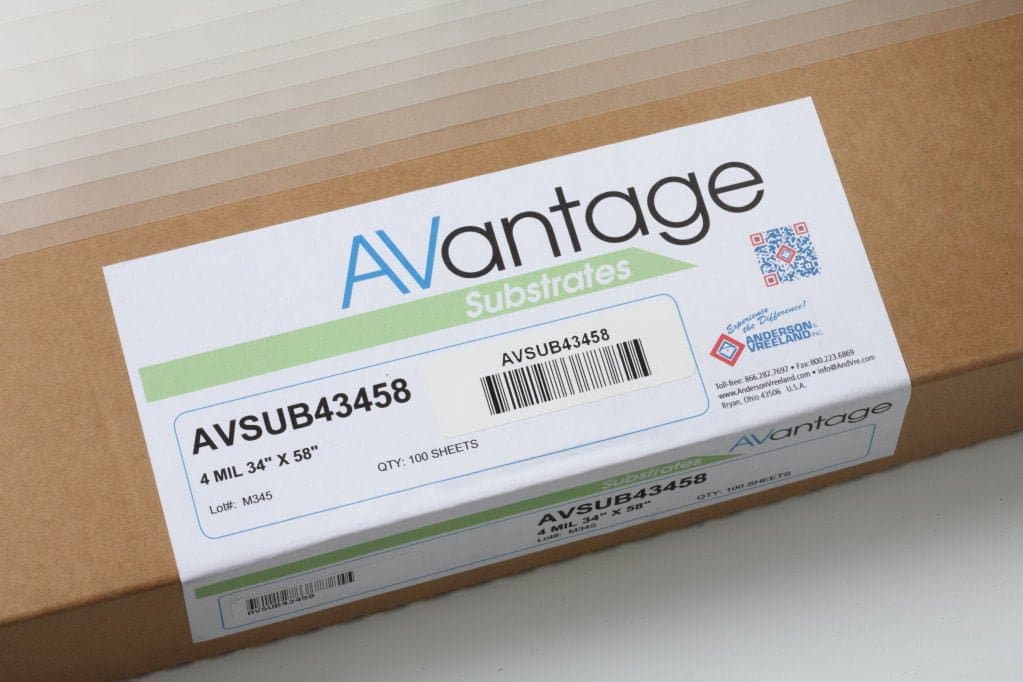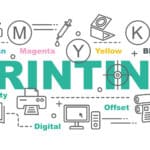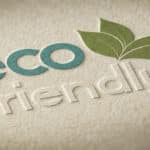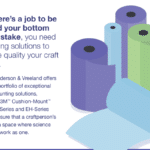Liquid Photopolymer – AVantage Tech Tip #2
Plate Processing Room Specifications for Liquid Photopolymer
Processing liquid photopolymer plates requires a dust-free environment, similar to other photographic processes such as film development. The ideal room has a low level of environmental pollutants such as dust and chemical vapors. The technology required for this is common and relatively inexpensive, and the benefits realized in production and material savings will far outweigh the costs.
For your health and comfort, make sure your plate processing room is properly ventilated to allow fresh air into the room. Also, be sure to follow the safety recommendations given in the instructions, labels, and Material Safety Data Sheets.
- Room Layout – Your plate processing room should be designed for easy cleaning (dusting, mopping, etc). Ideally, the room does not allow for through traffic, and entrances and exits should connect to low dust environments. Furniture should produce a minimum of particles and be easy to clean.
- Lighting – Use lighting fixtures that eliminate or minimize dust collection. Cover any light sources (exposed windows, fluorescent lamps, etc.) with UV filters. These clear plastic films are extremely effective and last for many years. The cost of UV filters is easily recouped by the money and time saved by having to replace a set of mounted plates.
- Temperature – The ideal temperature is between 70° and 75°F (21 and 24°C). The ability to control temperature is important.
- Humidity – Ideal relative humidity for is between 55 and 65 percent.
- Ceilings – Drywall ceilings with a smooth finish work best. Drop ceilings made from dust-free, non-flaking panels may also be used.
- Walls – Walls should be painted with a smooth, low-glare finish. Avoid walls with ledges, chair rails or panels that collect dust.
- Floors – Floors may be solvent-resistant tile or epoxy-sealed concrete that can be mopped for easy cleanup. Rubber floor mats may also be used.
- Airflow – Room design should include multiple air ducts (ceiling inputs and cold air returns) with a high-efficiency filtration filter.
Download AVantage Liquid Photopolymer Tech Tip #2
Learn more about AVantage Liquid Photopolymer
Related Reads: Liquid vs. Sheet Photopolymer. Which Is Best?
Is Liquid Photopolymer Right For You?




